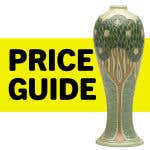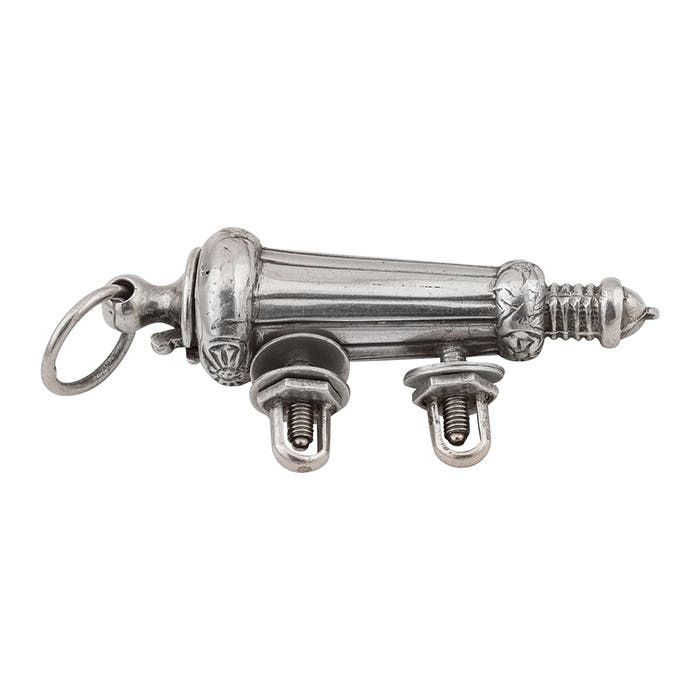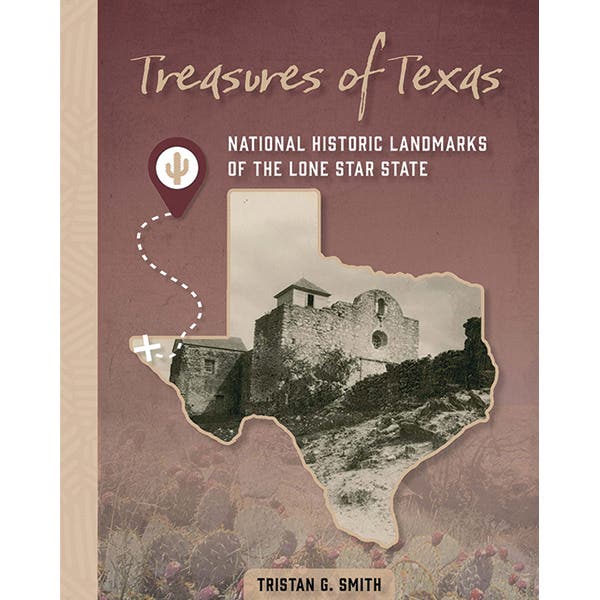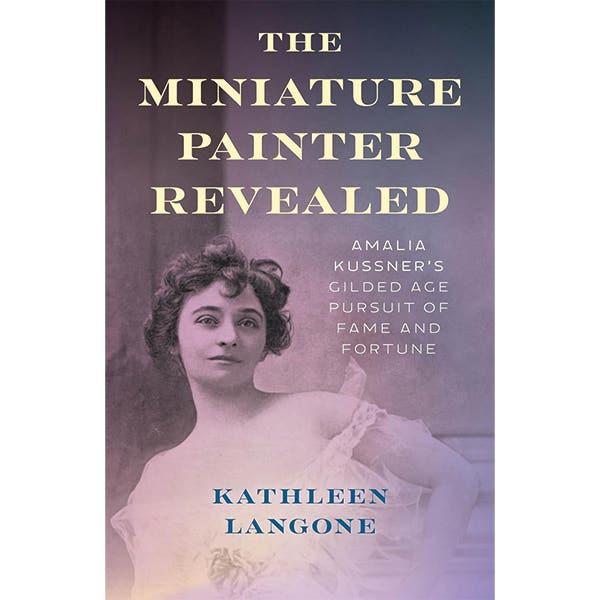Money Matters: Be smart with holiday markdowns
Much of today’s holiday shopping atmosphere is about sales – best deals. In this Behind the Gavel column Wayne Jordan warns sellers against markdown mania without first running the numbers.
Labor Day is behind us, and the holiday selling season looms large on our retail calendars. Now is the time for antique dealers to review their inventories and consider what they lack and what they must get rid of. Smart retailers will mark-down select inventory during the selling season rather than wait (as some do) to hold an “After Christmas Sale.” Experience has shown that although some consumers wait until after the season to “hit the sales,” most don’t. The time to mark down inventory is when customers will be shopping, and that means before Christmas – not after.
Practicing Pricing Mindfulness During Holiday Season
Mark-downs can be tricky business. You want to mark-down prices enough to spur sales without killing profits. When your cost of goods and expenses remain stable, how much more do you have to sell to be able to keep paying the bills?
Consider a few scenarios. In the examples below, imagine that your “normal” annual sales level is
$300,000, and that your retail prices are figured using a keystone pricing model of retail = 2xCost, or $150,000 in the examples. (COGS = cost of goods sold; GMROI = gross margin return on inventory); numbers are rounded. Here’s what the top of your income statement would look like:
Sales: $300,000
COGS: $150,000 (50% of sales)
GMROI: $150,000 (50% of sales)
Expenses: ($ 96,000) (32% of sales)
Net Profit: $ 54,000
Looking At the Bigger Picture
To maintain a $150,000 gross profit while taking a:
10% retail price mark-down, sales must increase by 25% to $337,500.
15% retail price mark-down, sales must increase by 43% to $429,000
20% retail price mark-down, sales must increase by 67% to $501,000.
Can you hit those higher sales numbers? What happens when you take percentage mark-downs, but sales don’t increase? Using the above $300,000 in sales as a baseline, let’s see what happens to profits at 10%, 15%, and 20% mark-downs, respectively:
A Study in Markdown Scenarios
10% markdown:
Sales: $270,000 (100% of sales)
COGS $150,000 (50% of sales)
GMROI: $120,000 (44% of sales)
Expenses: ($ 96,000) (35.5% of sales)
Net Profit $ 24,000
15% mark-down:
Sales: $255,000 (100% of sales)
COGS: $150,000 (59% of sales)
GMROI: $105,000 (41% of sales)
Expenses: ($96,000)
Net Profit $ 9,000
20% mark-down:
Sales: $240,000 (100% of sales)
COGS: $150,000 (62.5% of sales)
GMROI: $ 90,000 (37.5% of sales)
Expenses: ($ 96,000) (37.6% of sales)
Net Profit ($ 6,000) loss
Aiming For Gain With a Losing Plan
If your shop was “just getting by” on $150,000 of gross profit, how will you make ends meet on any less revenue than that? What’s scary about the “no sales increase” scenarios are the expenses. If expenses are $8,000/month ($96,000/year), then a 10% markdown with no sales increase cuts our profit by more than half (56%); a 15% mark-down by more than 80%; and a 20% mark-down has us operating at a loss.
In other words, mark-downs can beat our overall profitability to death. So, use them judiciously. Whenever I see a sign in an antique store or mall that says “everything 10% off” – or 20% or 25% (name your percentage) – I cringe. I wonder if the operator understands the financial ramifications of across-the-board price reductions? They may be the world’s Greatest Picker of Rare and Unusual Objects, but they won’t be in business long. And, when their whole business comes crashing down around them, they will wonder what happened.
Consider Pricing Flexibility
For the record, I’m not in favor of 2X keystone pricing; the examples considered here plainly show that there’s not enough flexibility in such a pricing model. I’m using it in my examples because it’s so commonly used in the antiques trade. The correct way to price is using market value, which can be determined with a little research. If you can’t achieve your desired profit by pricing at market value, then you have paid too much for an item.
How can we use mark-downs judiciously to move product, increase cash flow, and improve our end-of-the-year position? Here are a few techniques that are successfully used by major retailers. You might vary the mark-down according to:
Markdown Techniques
-Category. For example, you might mark-down lamps 10%, but knick-knacks 50%.
* Stocking level: If you are over-stocked on a particular category of item, offer “second item (in the same category) at (percentage) off.” If you have items that are one-of-a-kind or rare, don’t discount them – but field offers.
-Age: If you have inventory on your shelves that you had last Christmas (except for rare items), move it out regardless of price. It’s tying up your cash and shelf space.
* Space allocation: One measuring device for retail productivity is “revenue per square foot of floor space.” If you have large pieces that take up a lot of space, move them out. If you’re not willing to discount them to the point where they will sell, then move them into storage for a while. When customers see the same inventory each time they visit your store, they will eventually stop coming in.
Mix and match the above techniques to come up with a mark-down strategy that works for your store. Ideally, you will have some items that are marked at full retail, and others at varied discount percentages.
Two Primary Factors
No matter which tactics you decide to use, it’s imperative that you first know two things:
1. What your inventory items actually cost as a percentage of the selling price
2. What percentage of the selling price your expenses are.
With that knowledge you can determine “at a glance” how much mark-down you can take on a particular item. For example, if (as in the first example above) your cost-of-goods for an item is 50% of its selling price and expenses are another 32%, then 50%+32%=82%; 100%-82%=18%. You can’t mark the item down more than 18% without taking a loss.
From an accounting standpoint, this is an over-simplification. The important thing to remember is that when you are taking mark-downs, it’s imperative that you consider how much your expenses are. The mindset that “if I double what I paid, then I’m profitable” is nonsense, and the short path to bankruptcy.
A primary difference between professionally managed retail stores and mom-and-pop stores is that the pros know when to mark down inventory, what inventory should be marked down, and how much of a markdown to take on each item. And, they do so in a way that improves, rather than worsens, their bottom line.








